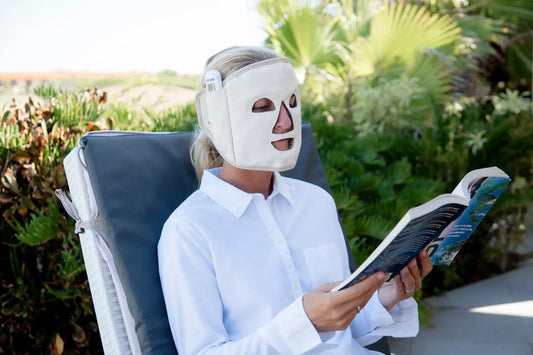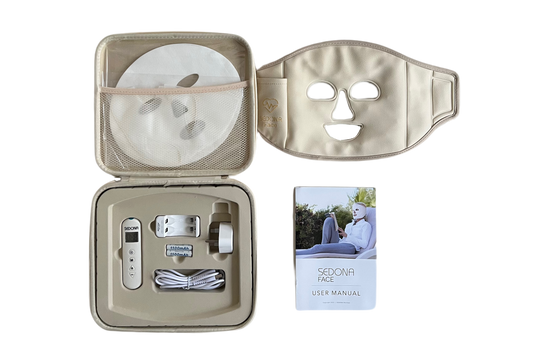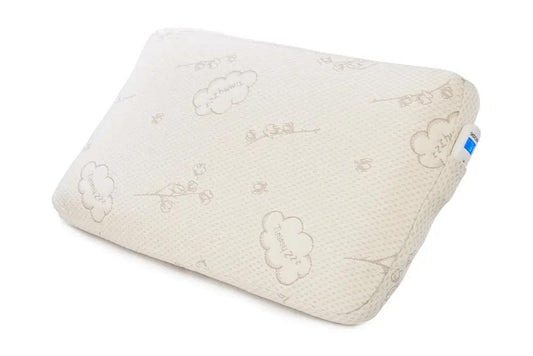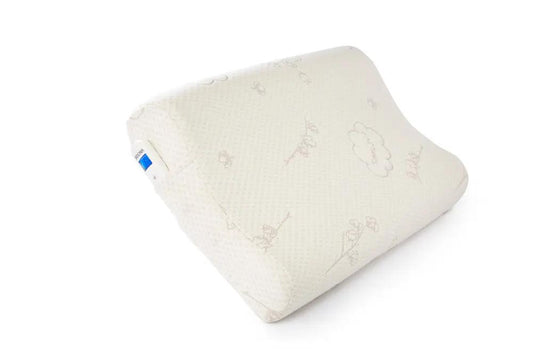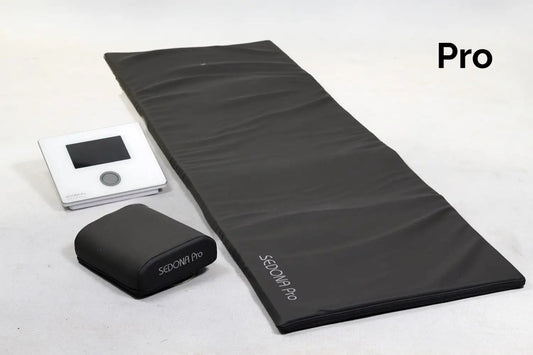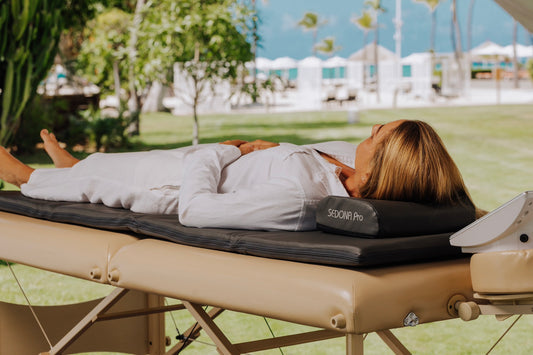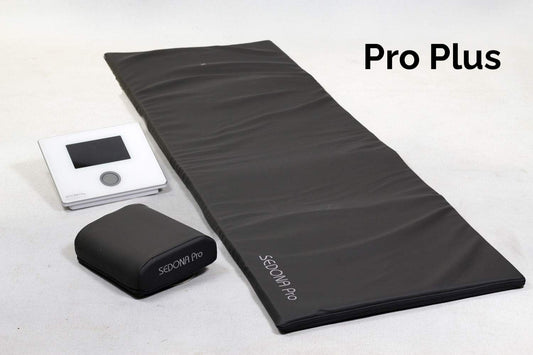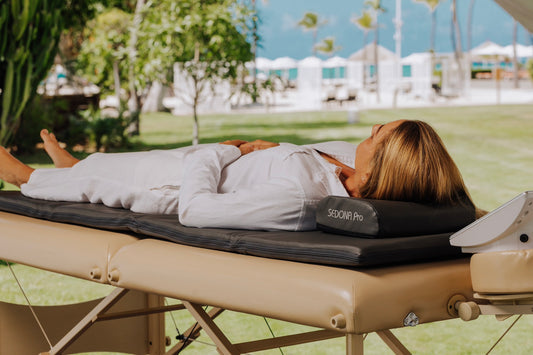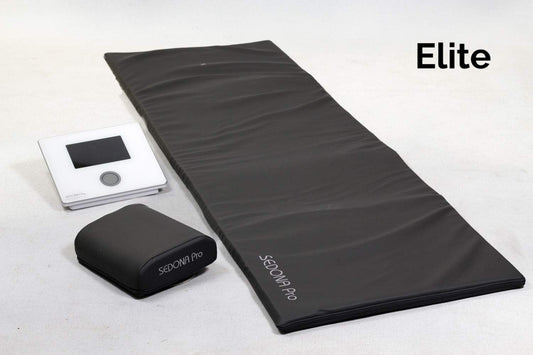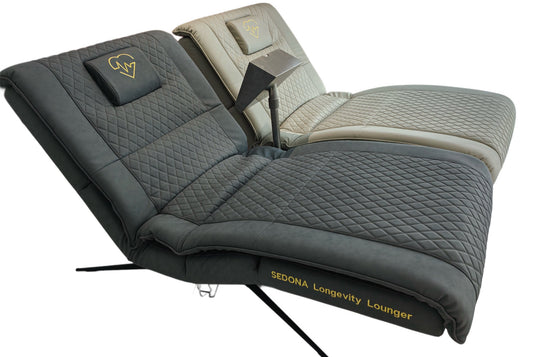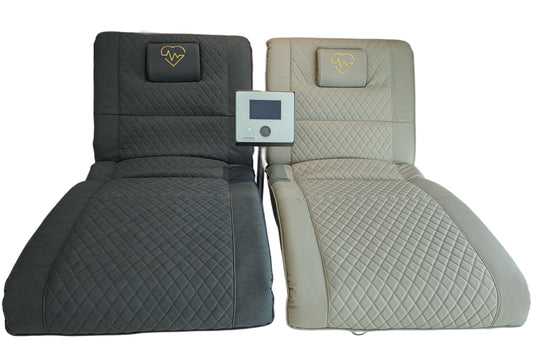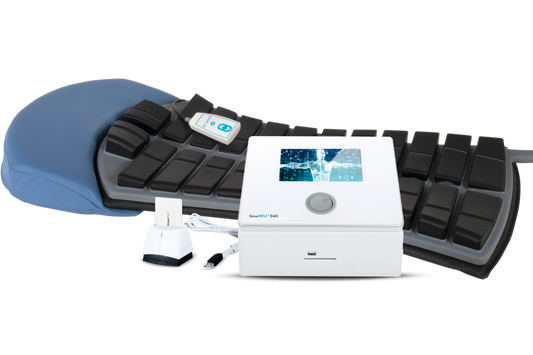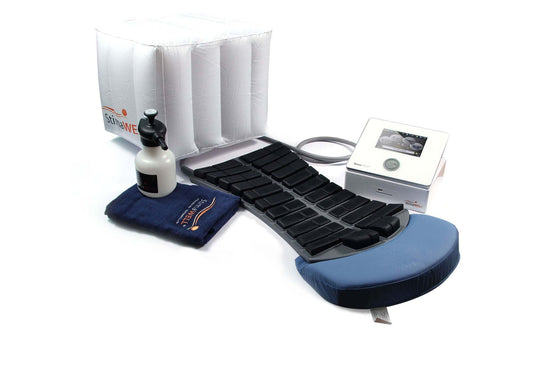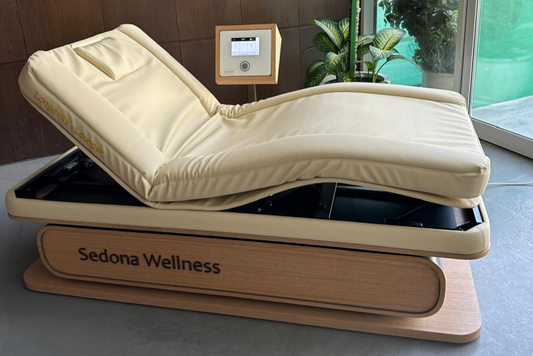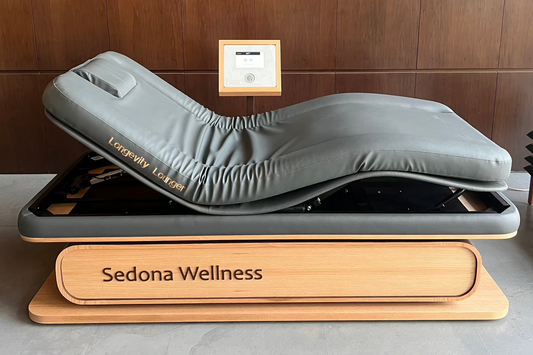
PEMF THERAPY FOR ULCERS
PEMF (Pulsed Electromagnetic Field) therapy is emerging as a compelling treatment option for ulcers, including those commonly experienced as peptic ulcers in the stomach and duodenum, as well as skin ulcers that might arise from conditions such as diabetes or poor circulation. By utilizing a PEMF mat, individuals suffering from ulcers can benefit from its therapeutic electromagnetic fields, which promote healing and pain relief. Here’s an in-depth explanation of how PEMF therapy can aid in the healing of ulcers and why investing in a PEMF mat could be beneficial.
Understanding Ulcers and PEMF Therapy
Ulcers are open sores or lesions that can occur on the skin or mucous membranes within the gastrointestinal tract. They are often caused by an imbalance between digestive fluids in the stomach and duodenum or due to poor circulation, leading to skin breakdown. Traditional treatments include medications to reduce acid levels, antibiotics to treat infections, or in the case of skin ulcers, using dressings and pressure off-loading techniques. PEMF therapy offers a non-invasive, adjunctive treatment option that promotes the body's natural healing processes at the cellular level.
How PEMF Therapy Helps with Ulcers
Enhancement of Tissue Repair and Regeneration:
PEMF therapy stimulates cellular repair mechanisms, which are essential for healing damaged tissues in ulcer sites. The therapy increases cellular proliferation and enhances the production of extracellular repair matrices, which are crucial for the healing of both gastric and skin ulcers.
Reduction of Inflammation:
Inflammation is a common feature of ulcer formation and can exacerbate the severity of the condition. PEMF therapy helps modulate the inflammatory process by reducing the production of inflammatory cytokines and increasing anti-inflammatory cytokines, thereby creating a more favorable healing environment.
Improvement in Circulation:
Effective blood circulation is vital for delivering nutrients and oxygen to ulcer sites, which are necessary for healing and fighting infection. PEMF therapy promotes vasodilation and improves microcirculation, which enhances the supply of these essential substances to the wound.
Pain Relief:
Ulcers can be extremely painful, affecting an individual's quality of life. PEMF therapy has analgesic properties that help reduce pain perception by affecting the neuronal ion channels and reducing the excitability of nerve pathways.
PEMF MAT BENEFITS FOR ULCERS
Our PEMF mat is specifically designed to optimize the therapeutic benefits for individuals suffering from ulcers:
Targeted and Whole-Body Treatment Options:
The mat provides the flexibility to target specific areas affected by ulcers, such as the abdomen for peptic ulcers or any body part affected by skin ulcers, while also allowing for whole-body therapy sessions.
Customizable Settings:
Since the severity and stages of ulcer healing can vary, our PEMF mat offers adjustable settings for intensity and frequency, enabling personalized therapy tailored to specific healing needs.
Ease of Use:
Designed for convenience, our PEMF mat can be used at home or in clinical settings, allowing for regular treatment without the need for frequent medical visits, thus ensuring consistent therapy application.
Safety and Comfort:
Made from durable, high-quality materials, our mat is safe and comfortable for regular use, providing a soothing experience during each therapy session.
CONCLUSION
Incorporating a PEMF mat into your healthcare regimen for ulcers can significantly enhance the healing process by stimulating tissue repair, reducing inflammation, improving circulation, and managing pain. This therapy provides a non-invasive, drug-free alternative or supplement to traditional ulcer treatments, potentially reducing recovery times and improving outcomes.
STUDIES
-
Read Study
MDPI - High-Intensity, Low-Frequency Pulsed Electromagnetic Field as an Odd Treatment in a Patient with Mixed Foot Ulcer
-
Read Study
PudMed - Effectiveness of an Innovative Pulsed Electromagnetic Fields Stimulation in Healing of Untreatable Skin Ulcers in the Frail Elderly
-
Read Study
PubMed - Effects of pulsed electromagnetic field (PEMF) on the tensile biomechanical properties of diabetic wounds at different phases of healing
-
Read Study
Research Gate - Pulsed Electromagnetic Field Therapy Promotes Healing and Microcirculation of Chronic Diabetic Foot Ulcers
SEDONA WELLNESS PRODUCTS
-
SEDONA PEMF FACEMASK
Vendor:Sedona WellnessRegular price $390.00 USDRegular priceUnit price / per -
TIMMYZZZ PEMF PILLOW
Vendor:Sedona WellnessRegular price $390.00 USDRegular priceUnit price / per -
SEDONA PRO PEMF MAT
Vendor:Sedona WellnessRegular price From $5,900.00 USDRegular priceUnit price / per -
SEDONA PRO PLUS PEMF MAT
Vendor:Sedona WellnessRegular price From $6,900.00 USDRegular priceUnit price / per -
SEDONA ELITE PEMF MAT
Vendor:Sedona WellnessRegular price From $7,900.00 USDRegular priceUnit price / per -
SEDONA PEMF CHAIR
Vendor:Sedona WellnessRegular price From $15,900.00 USDRegular priceUnit price / per -
STIMAWELL EMS BACK MAT
Vendor:Sedona WellnessRegular price $16,900.00 USDRegular priceUnit price / per -
LONGEVITY LOUNGER PEMF BED
Vendor:Sedona WellnessRegular price From $21,900.00 USDRegular priceUnit price / per

